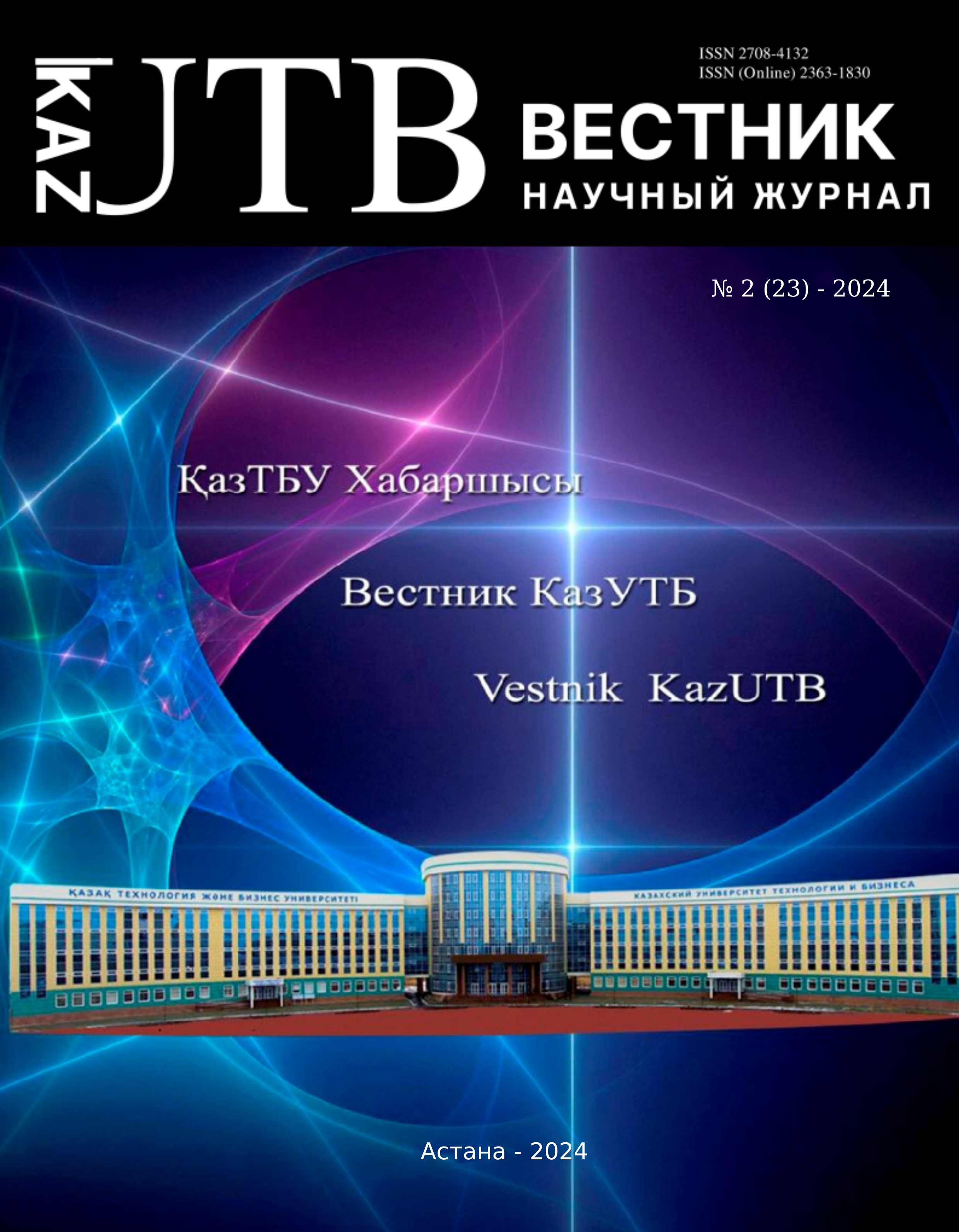Меню


Information and communication and chemical technologies
No. 2 (23) - 2024 / 2024-06-30 / Number of views: 269
INVESTIGATION OF THE CHEMICAL AND MINERALOGICAL COMPOSITION OF METALLURGICAL SLAGS OF JSC “QARMET” TEMIRTAU
Authors
Keywords
metallurgical slag, properties, chemical composition, mineralogical composition, slag activity, building materials, wastes, oxides
Link to DOI:
How to quote
Romanov, V. ., V. . Merkulov, S. . Kabiyeva, E. . Bestembek, R. . Zhaslan, and G. . Zhumanazarova. “INVESTIGATION OF THE CHEMICAL AND MINERALOGICAL COMPOSITION OF METALLURGICAL SLAGS OF JSC ‘QARMET’ TEMIRTAU”. Vestnik KazUTB, vol. 2, no. 23, June 2024, doi:10.58805/kazutb.v.2.23-352.
Abstract
«Qarmet» JSC is one of the largest metallurgical enterprises in Kazakhstan, producing steel and other metals. Study of chemical and mineralogical composition of metallurgical slags from this enterprise can be crucial for its process optimization, environmental compliance improvement and efficient waste management.
Study of chemical and mineralogical composition of metallurgical slags from «Qarmet» JSC emphasizes importance of researching metal production waste for its efficient management and recycling. Further research in this area may facilitate development of new waste recycling technologies and improvement of metallurgical production sustainability.
During the study of the chemical composition of metallurgical slags of Qarmet JSC, it was found that they contain a significant amount of metal oxides such as iron, manganese, silicon and others. These elements can be potentially useful for reuse in other manufacturing processes or for the production of building materials.
In addition, mineralogical analysis has shown that metallurgical slags contain various mineral phases such as silicates, oxides and other compounds. This indicates the complex structure of the slags and the possibility of using them as additives to cement or other building materials.



